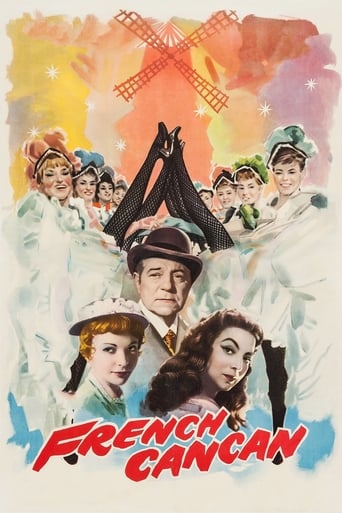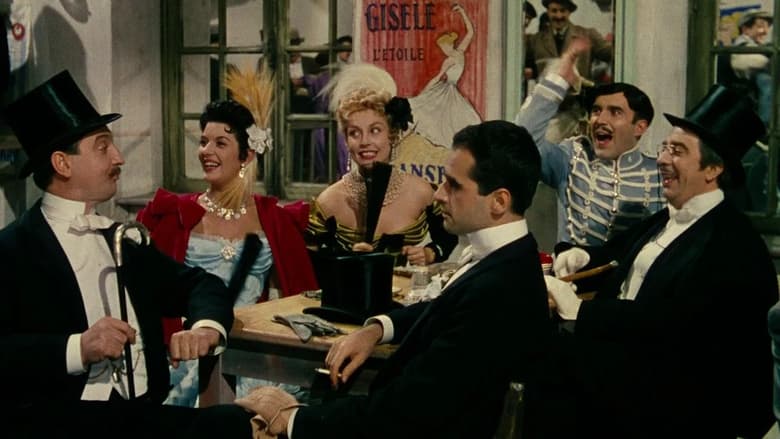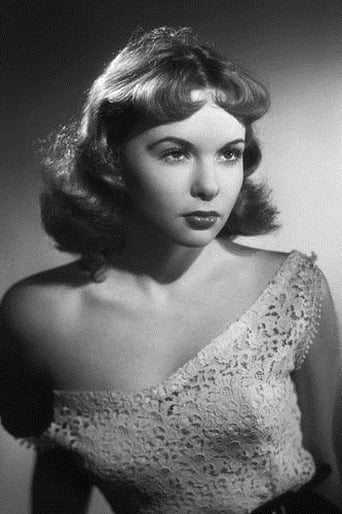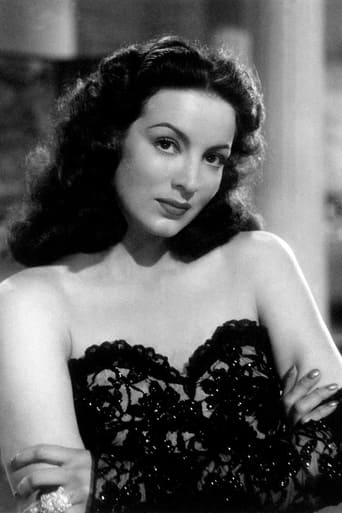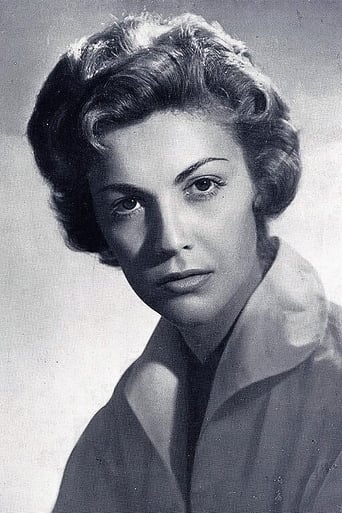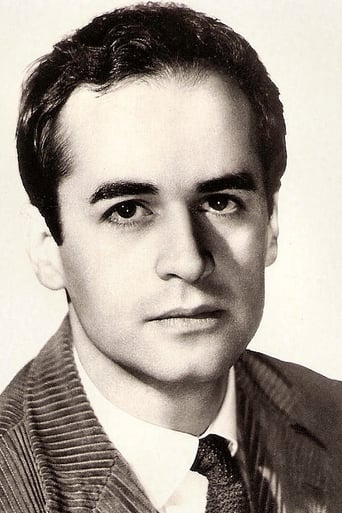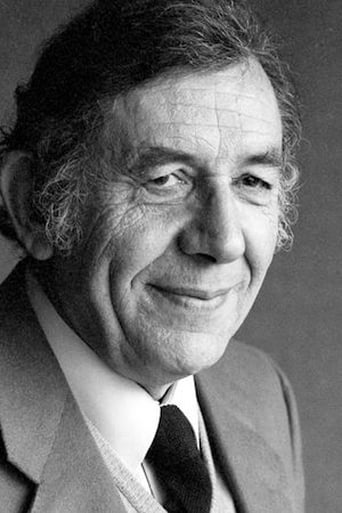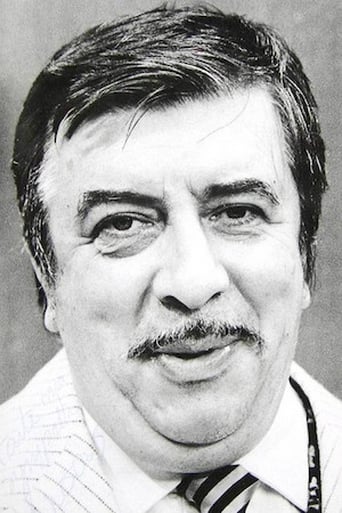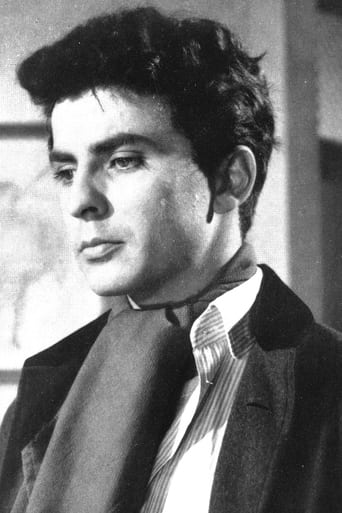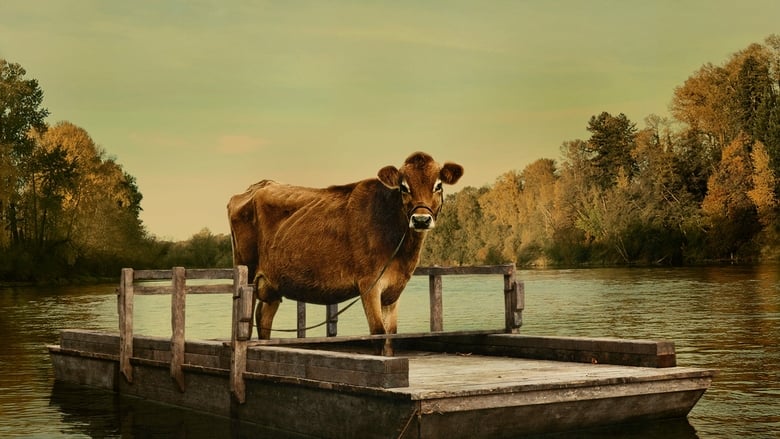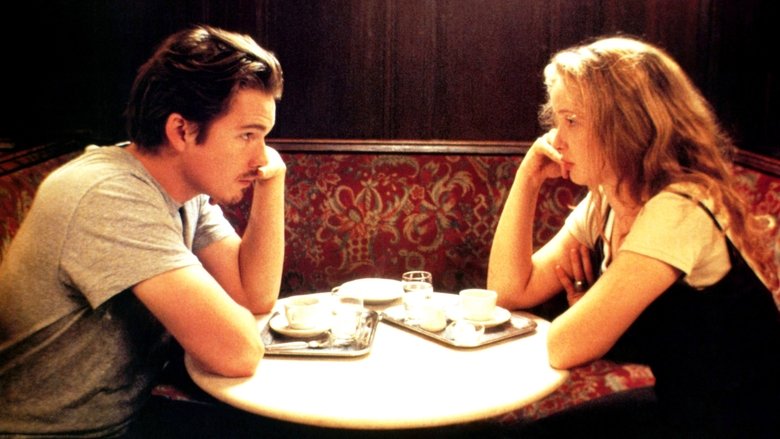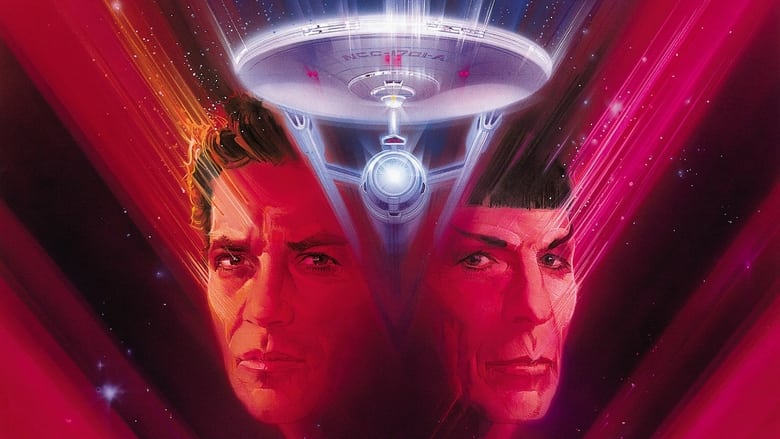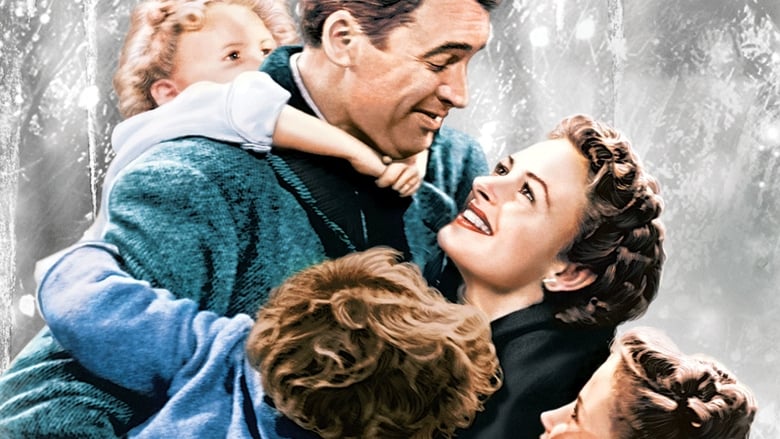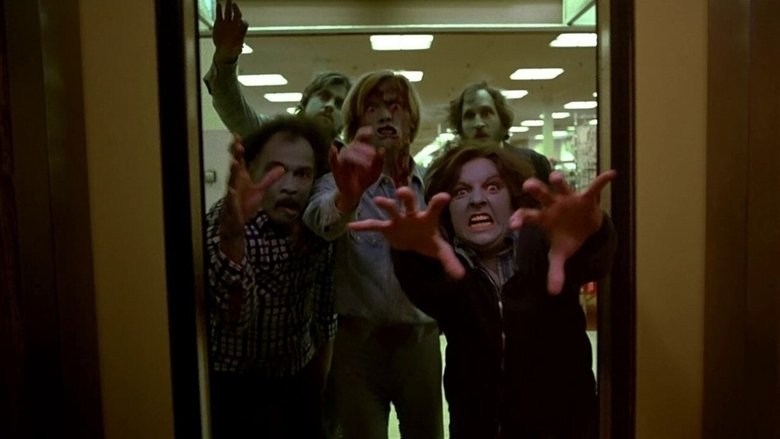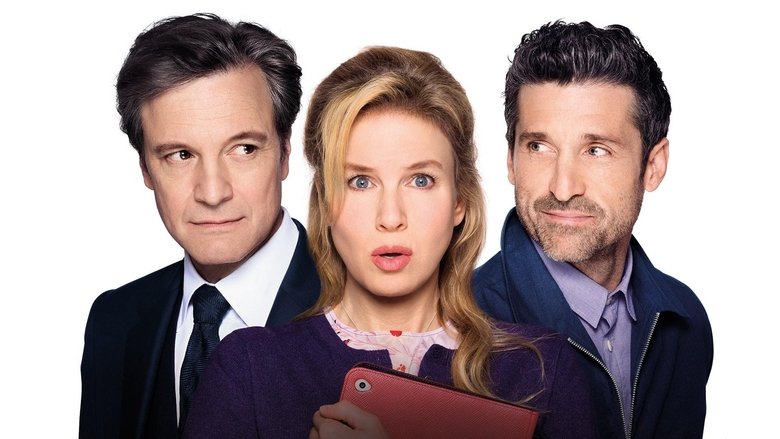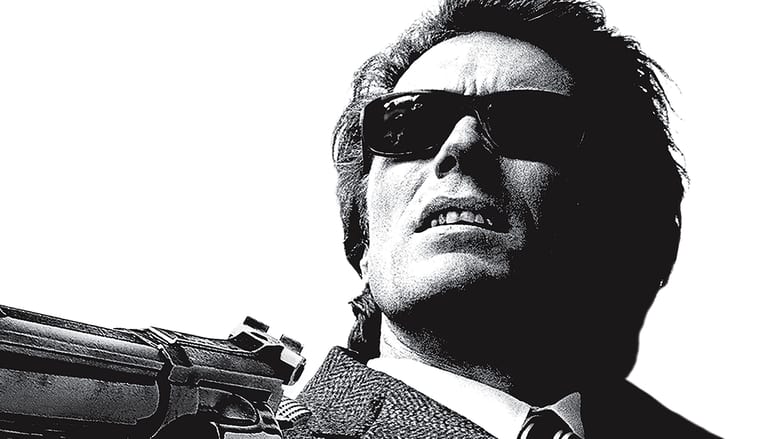Nineteenth-century Paris comes vibrantly alive in Jean Renoir’s exhilarating tale of the opening of the world-renowned Moulin Rouge. Jean Gabin plays the wily impresario Danglard, who makes the cancan all the rage while juggling the love of two beautiful women—an Egyptian belly-dancer and a naive working girl turned cancan star.


Similar titles
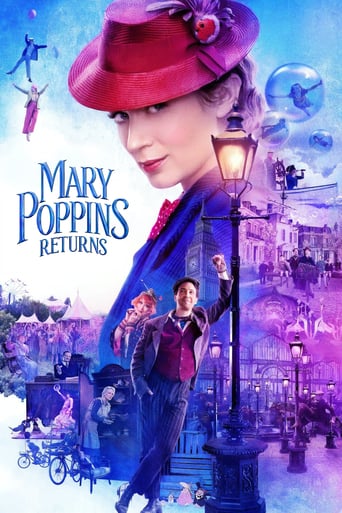
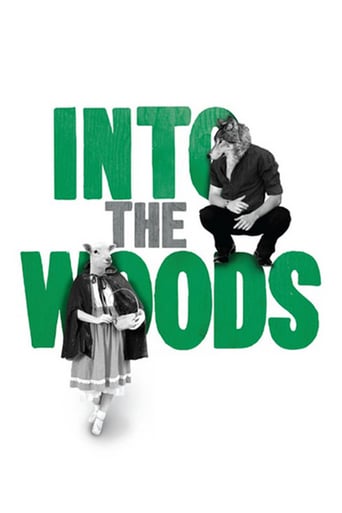

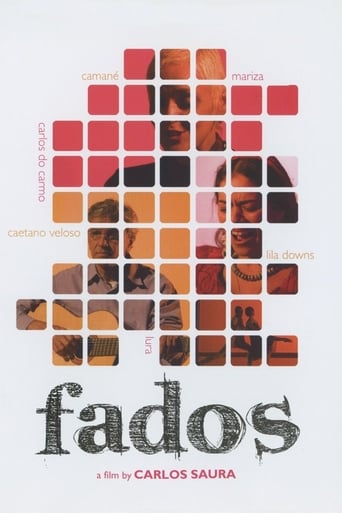
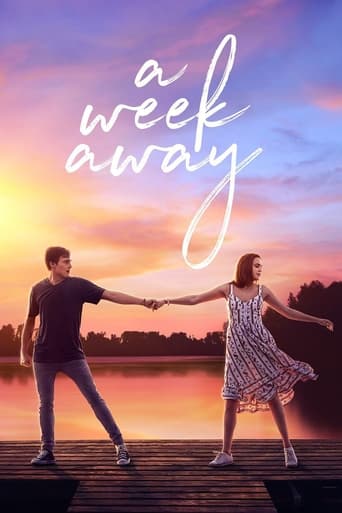

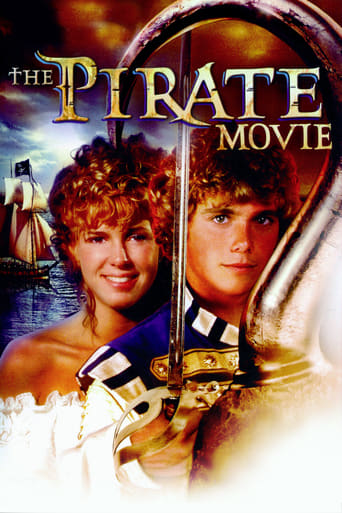
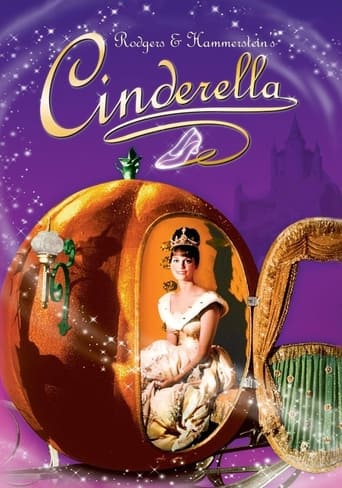

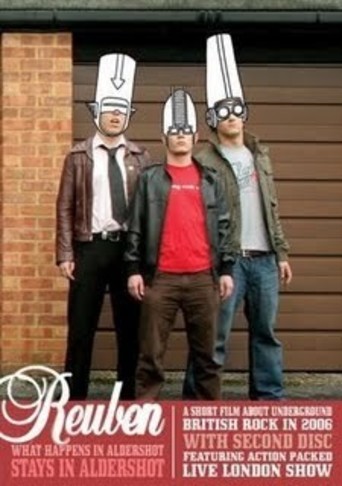
Reviews
French Cancan is introduced as a "musical comedy" and lives up to the billing in some ways. That is to say that dance gets as much limelight as music, in fact given the final sequence it is dance which would best describe the film. Strange that Renoir wouldn't mark it out as such given his comments about the universality of dance after the production of The River and given the title of the film itself. The depth of field is again appropriated to layer the staging much like in theater. Mobile framing emulates the human spectator to events sooner than constructing space unobtrusively. The pan across the mob fight unravels before the viewer like a comic strip or emaki scroll. There is specular themes like in Golden Coach where Gabin's character asserts "artists are slaves". The film remains lighthearted and humorous and it is no surprise that of his most recent films, Cancan did the best at the box office (Arnoul is delicious in her role). Mise-en-scene is designed with expectations of a painterly aesthetic. A color is lavish to the point of tackiness. Gabin's character later states "we are at the service of the public" and implies that this is all that matters. Sarris comments that Gabin's character as impresario serves as an alter ego for Renoir and reminds us that it would be an "oversimplification to describe him as a humanist." I cannot disagree with Mr. Sarris on those points but as we all know, Renoir's oeuvre plunges even deeper into reflection, representation and meaning.
Someone once described this film as a wonderful soufflé and they were quite right. Light-hearted and full of zest for life, the bold colours reflect the pure joy and optimism bursting from this Renoir vehicle.Unlike a Hollywood musical however, there is a slightly dark undertone that gives this film more depth. The lead character, played by the ever-talented Françoise Arnoul is an anti-heroine and the does little to generate empathy from her audience. Disloyal, selfish and ambitious her love affairs highlight her capricious nature and result in one attempted suicide.Far more likable are the male leads, each of whom is an interesting and, for a musical, well-drawn character, particularly the aristocrat who attempts suicide after he is treated so poorly by the girl. Bravely, Renoir leaves the love affair unresolved at the end, just as it would be in real life. The musical numbers are well-choreographed, the climax being one of the most dazzling scenes ever filmed with dancers bursting forth and flying everywhere. The pace of the film is rapid, reflecting the energy of the dance numbers. The sets are perhaps a little too sanitised for the music halls of the late nineteenth century but they reflect a nostalgia for an idealised past and a hope for the future as Europe left the Second World War behind. The lighting is bright throughout again reflecting the new optimism of the post-war age. Even in the darkest scenes of the clashes between Arnoul and her lovers, there is a brightness that, ironically, works well.Ultimately, this is a film about optimism but it is not a naive optimism that everything will be perfect. Hard choices will need to be made and people will be as selfish and ambitious as ever and the good people who try to care for them will still suffer through their total disregard for the feelings of others. Nevertheless, there is a hope that things are improving and that basic joys like that of the music hall and light entertainment, however banal, can be enjoyed once more with an innocence regained after the darkness of the 1940s and the reign of the Vichy Government.
This movie of Jean Renoir (son of the impressionist painter) uses vibrant coloring to convey a similar impressionist effect, which is only half successful, seeing as the crisp focusing (understandable given the year of release) negates the other major impressionist characteristic, namely the visual haze that represents a unique moment in time. As a result, the scenes where the film really excels are the two scenes that feature big crowd movement: one during the building of Moulin Rouge (almost slapstick), and the other during the theatrical dance apotheosis of the end.Both of these sequences are visual feasts, whereas the "fuzziness" due to the massive choreography and relentless movement, combined with the intense coloring, conveys an elegant impressionist display.Visual characteristics aside, the film represents a continuous bittersweet shift between comedic and dramatic elements, as well as a constant parade of love triangles. The ending with the impresario enjoying the show in a melancholic manner in the background is one final touch of class. If you come across it, don't hesitate to watch it.
Acknowledgments to Cole Porter from whose lyric CanCan (the title song of his 1953 Broadway show of the same name) I take my one line summary. This is, purely and simply, a Valentine to Paris, the Belle Epoque, the Impressionists, you-name-it. As such it is both stunning and sumptuous.Gabin - who began in the French Music Halls - is superb, but then when isn't he, Arnoul is a revelation. More? Well, the photography is ... the music is ... the ambience is ... aw, what the hell, go see it, do yourself a great big favor. 9/10
